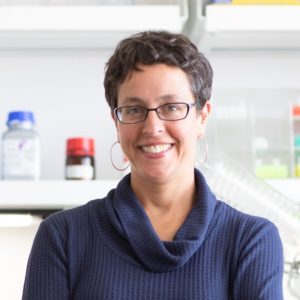by Buck Institute
May 22, 2019 . BLOG
Faculty Guest Blog: Evolutionary Clues to Healthspan in the Wild
By Dr. Rachel Brem, Associate Professor

The pressures of natural selection have driven species to diversify across the globe. Since Darwin’s time, biologists have sought to understand these “endless forms most beautiful.” In the field of ecology, when we study the fundamentals of evolution, we highlight the results— symbolized by butterfly spots or a lion’s mane—on the covers of undergrad textbooks. In the biomedical context we focus more tightly on cases in which, in the wild, evolution has solved challenges that we face in the clinic. The latter scenario bears out, for example, in the cancer resistance and longevity of naked mole rats and elephants, or regeneration capacity in axolotls (aquatic salamanders from Mexico who can regrow limbs). Anyone hearing about these traits for the first time might think they sound like science fiction. Of course they are real, and they show up in animals not so different from ourselves, likely with mechanisms that will be a surprise once we figure them out. The ultimate promise is that understanding this natural resistance could serve as the basis for drugs to treat human patients. Before we get that far, however, we need to know what any such drugs should target in the first place. We need to find the molecular basis for stress and disease resistance traits as they have evolved in nature.
As a field we have already made great strides toward this goal. In a seminar at the Buck in February, Vera Gorbunova from the University of Rochester talked about a particularly exciting new example from this field, identifying the version of a regulatory gene from beavers that controls DNA repair much better than the analogous version from other rodents. As a complement to Dr. Gorbunova’s pioneering work, many of us at the Buck and beyond continue to hunt for more clues to pro-lifespan, pro-healthspan traits from organisms in the wild.
About the Brem Lab: Understanding how and why traits differ between individuals and discovering genetic changes that impact aging behaviors.
Read more at https://www.buckinstitute.org/lab/brem-lab

SHARE